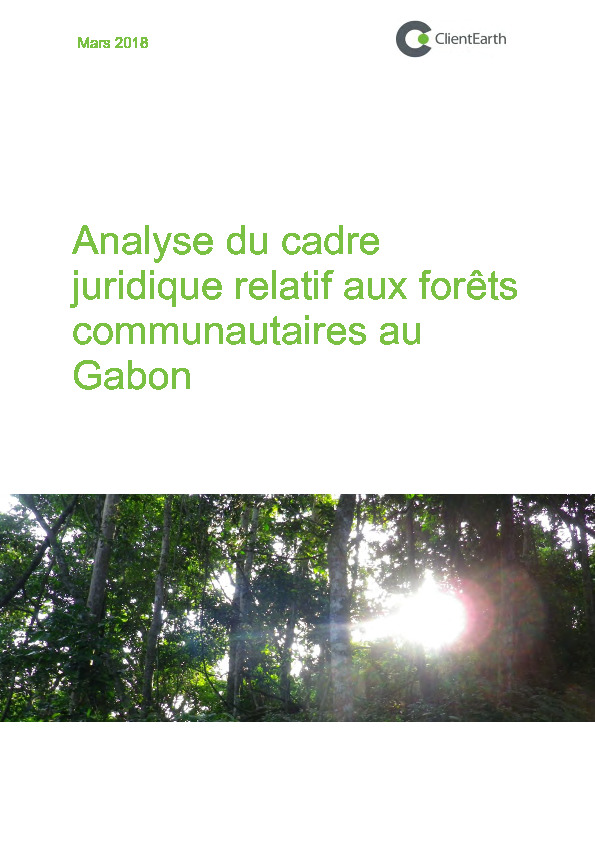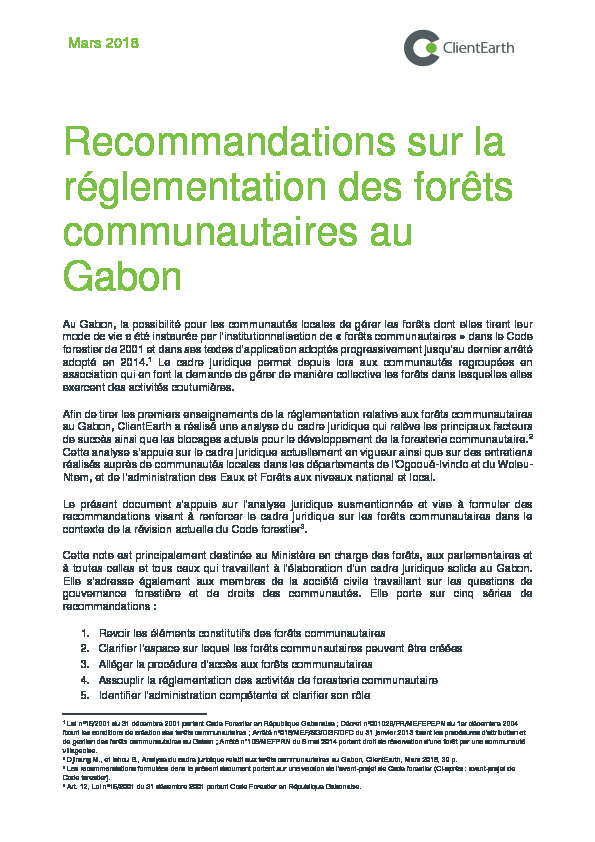Women and forests: does their involvement matter?
This brief article documents author's reasons for considering the answer to be "yes." She draws first on her extensive ethnographic experience in forest communities in the US and in several forested areas of Indonesia, with examples. Her second source of conviction in this view comes from her involvement in a comparative study of criteria and indicators in Africa, Asia and South America, in which she visited many forested areas around the world.





